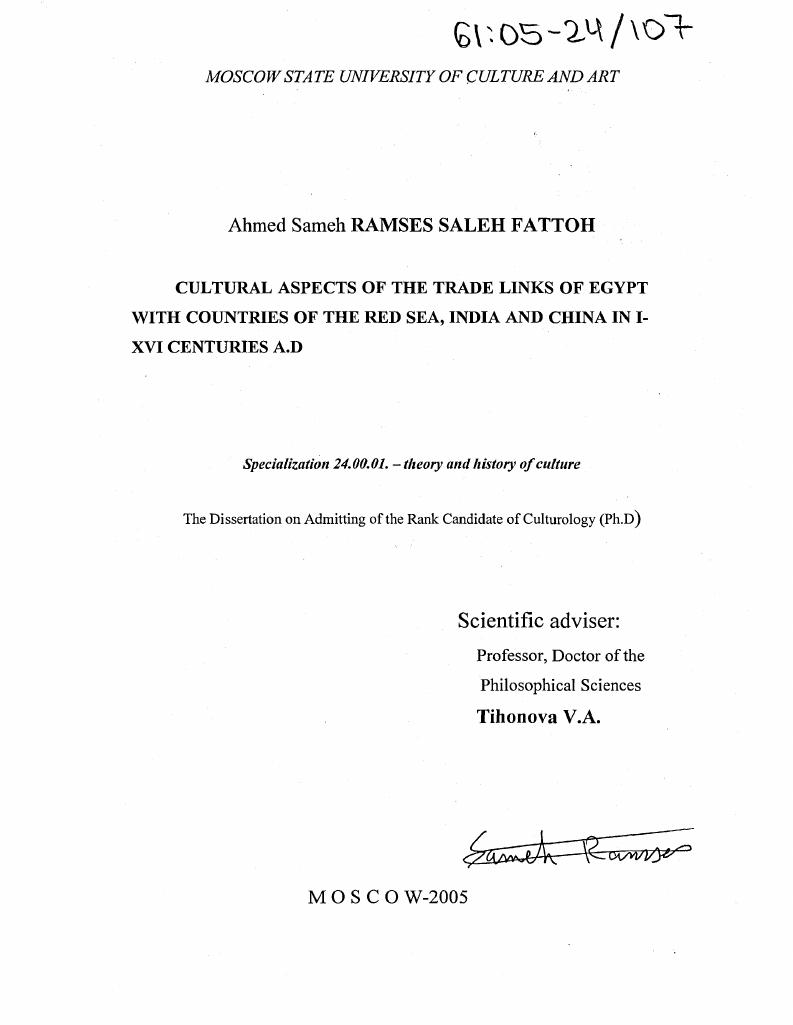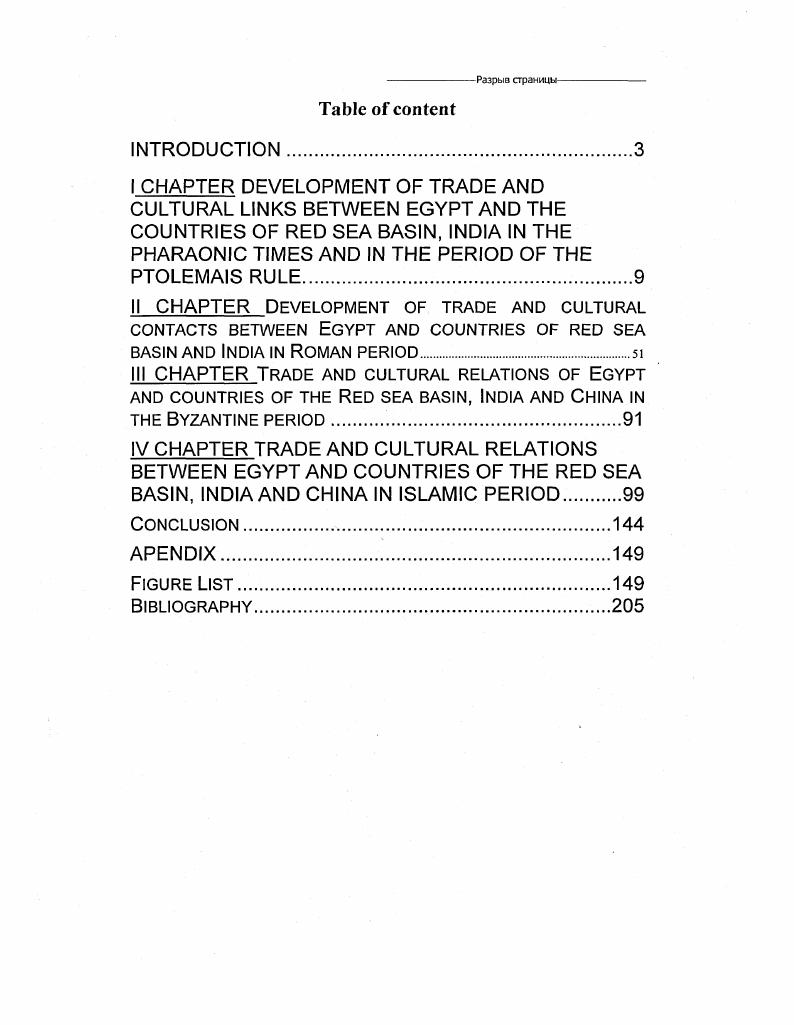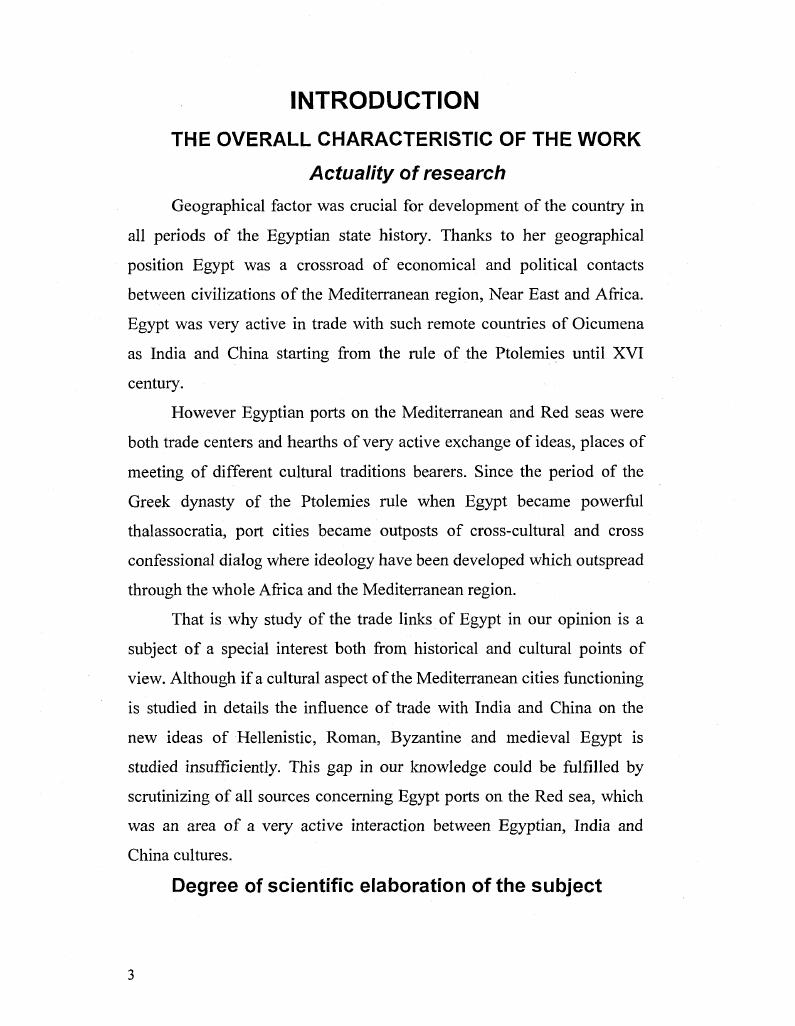Культурные аспекты торговых связей Египта со странами Красноморского бассейна, Индии и Китая в I-XVI вв. н.э.

- Автор:
Ахмед Самех Рамзес Салех Фаттох
- Шифр специальности:
24.00.01
- Научная степень:
Кандидатская
- Год защиты:
2005
- Место защиты:
Москва
- Количество страниц:
217 с. : ил.
Стоимость:
700 р.250 руб.
до окончания действия скидки
00
00
00
00
+
Наш сайт выгодно отличается тем что при покупке, кроме PDF версии Вы в подарок получаете работу преобразованную в WORD - документ и это предоставляет качественно другие возможности при работе с документом
Страницы оглавления работы


Рекомендуемые диссертации данного раздела
| Название работы | Автор | Дата защиты |
|---|---|---|
| Мистериальные истоки русского синтетизма в культуре "серебряного века" | Варакина, Галина Владиславовна | 2009 |
| Особенности письменной культуры в виртуальной среде | Помпеев, Александр Юрьевич | 2007 |
| Миссия библиотеки в контексте современной российской культуры | Гиндина, Оксана Владимировна | 2012 |